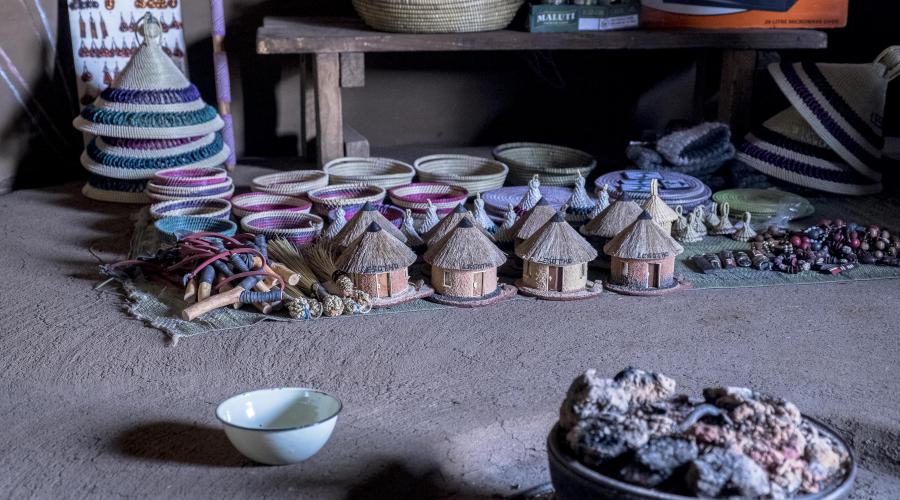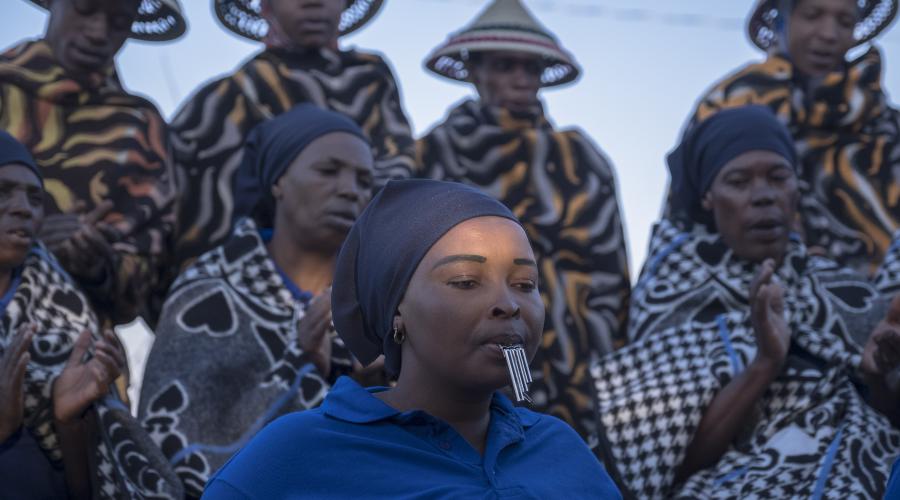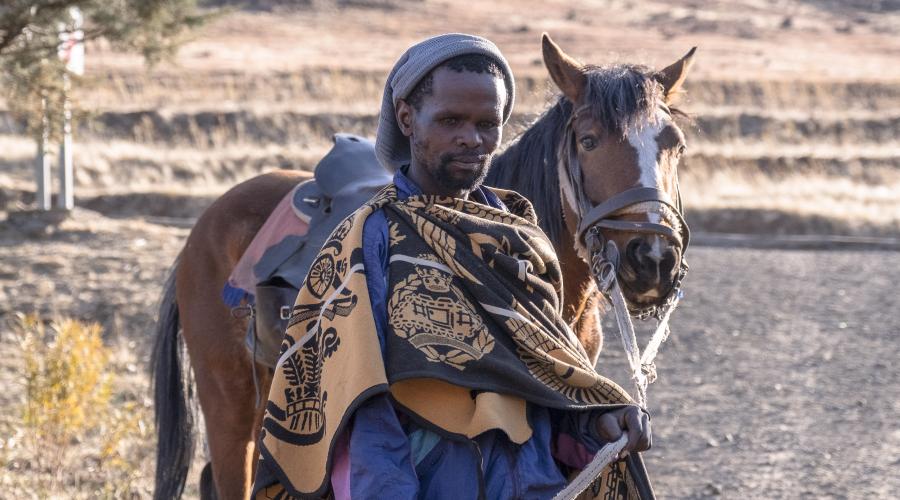The Value of TFCAs: How TFCAs are boosting the economy and the environment in Southern Africa

The Southern African Development Community (SADC) is home to some of the most diverse and spectacular natural landscapes in the world. From the vast savannas of the Serengeti to the pristine coral reefs of the Indian Ocean, the region boasts a wealth of biodiversity and ecosystem services that support the livelihoods and well-being of millions of people.
But these natural treasures are not only valuable for the local communities that depend on them. They also provide benefits to the national economies and the global community through tourism, carbon sequestration, climate regulation, and cultural heritage. These benefits are estimated to be worth billions of dollars every year.
To protect and enhance these natural assets, SADC has established 18 Transfrontier Conservation Areas (TFCAs) that span across borders and cover both terrestrial and marine environments. These TFCAs represent a unique and innovative approach to conservation and development, as they foster regional cooperation, peace, and integration among the member states.
However, despite the immense potential of TFCAs, their value has often been overlooked or underestimated by decision-makers and investors. The lack of reliable data and evidence on the benefits of TFCAs has made it difficult to justify their funding and management, especially in the face of competing demands and challenges such as the COVID-19 pandemic, which has severely affected the tourism sector.
To address this gap, a team of experts from various disciplines and institutions conducted a comprehensive assessment of the value of TFCAs in SADC, using an ecosystem service framework. The assessment aimed to identify and quantify the benefits that TFCAs provide to different groups of beneficiaries, from local communities to global citizens, and to explore the opportunities and challenges for increasing and diversifying the investment in TFCAs.
The results of the assessment were impressive and revealing. They showed that TFCAs deliver a wide range of ecosystem services that contribute to various aspects of human well-being and development. For example, TFCAs provide food, fodder, fibre, and fuel wood to local communities, which can improve their income and food security. Some of these services also have specific benefits for women, who often bear the burden of collecting and processing natural resources. TFCAs also support the national economies through tourism, which generates jobs, income, and foreign exchange. Moreover, TFCAs offer cultural services such as recreation, education, and spiritual values, which can enhance the quality of life and social cohesion of the people. Finally, TFCAs provide global benefits by storing and sequestering carbon, regulating the climate, and conserving the biodiversity and genetic resources that are essential for the future of humanity.
The assessment also identified the barriers and risks that hinder the investment in TFCAs, such as the lack of awareness, coordination, and incentives among the stakeholders, the high transaction costs and uncertainties involved in cross-border cooperation, and the vulnerability of TFCAs to external shocks and threats such as climate change, poaching, and land use change. To overcome these challenges, the assessment proposed a range of innovative financing mechanisms that can leverage the value of TFCAs and attract more and diverse sources of funding, such as payments for ecosystem services, green bonds, carbon credits, and conservation trust funds.
The assessment was a milestone in the recognition and promotion of TFCAs in SADC, as it provided a solid and robust evidence base to support their conservation and development. The assessment also demonstrated the importance of applying an ecosystem service approach to evaluate the multiple and interrelated benefits of TFCAs, and to communicate them effectively to the relevant audiences and decision-makers. By doing so, the assessment aimed to inspire and inform the policy and practice of TFCAs in SADC, and to contribute to the achievement of the Sustainable Development Goals and the regional integration agenda.
Photos by Barabra Cole of the Maluti Drakensberg TFCA Lesotho component




